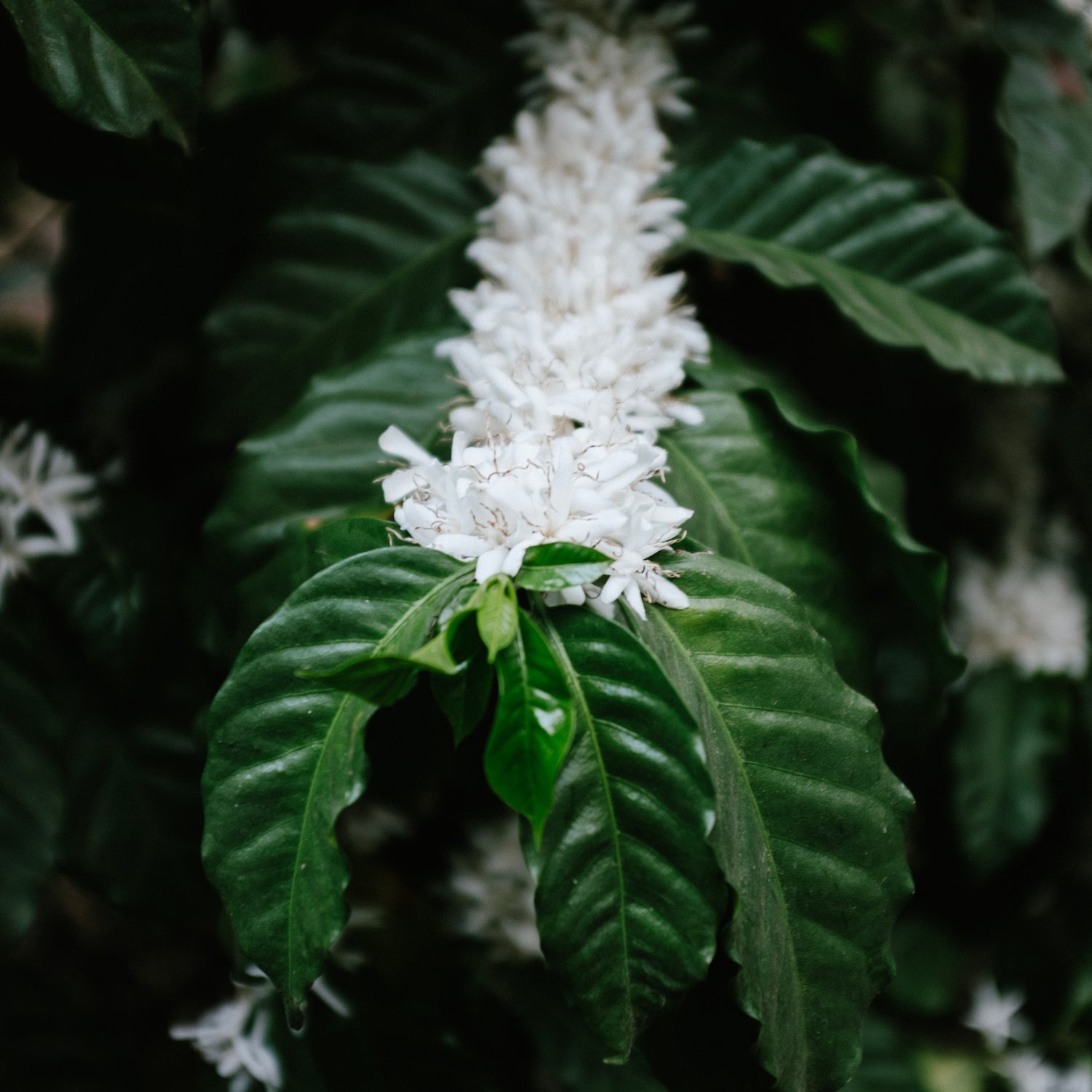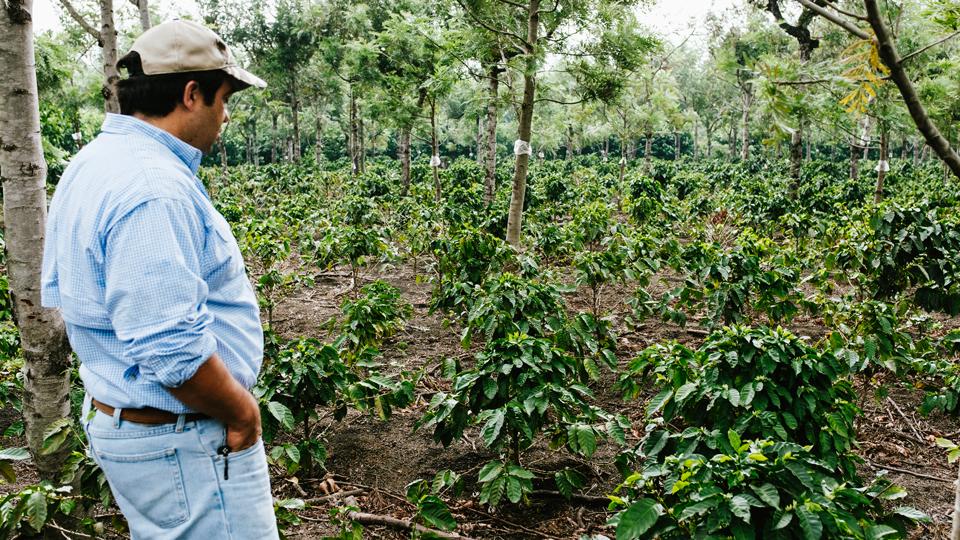Guatemala’s imposing Volcán de Fuego straddles the departments of Chimaltenango, Escuintla, and Sacatepéquez. Those who live in the volcano’s shadow are used to its constant grumbling – small hiccups of gas and ash are common, punctuating every hour. Centuries ago, Volcán de Fuego redirected the course of history when an eruption destroyed much of Santiago de los Caballeros de Guatemala, the colonial capital of Central America. The Spanish Crown ordered the capital abandoned and relocated to the Valley of the Shrine, which later became known as Guatemala City.

Volcán de Fuego
At midday on Sunday, June 3, 2018, Fuego’s familiar exhalations gave way to a sudden explosion. Pyroclastic currents of ash, gases, and searing lava fragments rushed downslope, devastating the surrounding area. Ashfall extended for miles, blanketing villages and choking the air as far away as the capital. In the coming days, the death toll climbed towards 200, hundreds more were injured or missing, and millions were displaced. Guatemala’s National Coffee Association, Anacafé, projected a loss of roughly 8.5 million pounds of coffee, affecting thousands of coffee producers and their families. As evacuation orders lifted and emergency efforts phased down, producers across the region returned to assess the damage to their farms and recover what they could.
Among those producers were our long-time farmlevel partners, the familia Zelaya. Finca La Candelaria, situated in the shadow of Volcán de Fuego amidst a lush natural forest, has been in the Zelaya family for generations. The eruption destroyed about a quarter of La Candelaria, particularly impacting the areas of highest elevation. For years, the coffee grown there has graced our shelves as a single origin offering and contributed depth and brightness to our flagship blend, Streetlevel. Since we’ve been fortunate enough to work with La Candelaria for years, we’ve grown to love its consistent profile that exemplifies everything Guatemalan coffees have to offer.

Luis Pedro Zelaya Jr.
When we visited the Zelayas in Alotenango early this year, recovery efforts were in full swing, and just like years past, we were greeted by tables laden with samples to cup. Among the dozens of day lots instantly recognizable as La Candelaria, there was one coffee that stood far apart from the others. We kept returning to this set of cups, drawn in by its intricate aromatics, herbal depth, and unique acidity. This coffee tasted more like something from Kirinyaga, Kenya than anything we’ve ever encountered from this region. Once the customary silence observed around the cupping table lifted, we had to know more about that beguiling coffee. It turned out that this lot had been separated apart from the others for a meaningful reason - this coffee, still in the early stages of cherry maturation, had been completely cloaked with ash and other deposition from the eruption. What Luis Pedro Zelaya Jr. and his crew were able to salvage from the ash had emerged completely transformed.
While there’s not much research explicating the impact of soil composition on cup characteristics in coffee, it has long been recognized by agronomists as an important environmental factor. Terroir, a term native to wine, is increasingly being used in the context of coffee to describe the contributions of ecology to a coffee’s unique character. It’s tempting to look for parallels in viticulture to explain the radical shift in La Candelaria’s profile – volcanic wines, particularly those grown on the towering slopes of Vesuvius and Etna in Italy, are renowned for their depth and complexity. Ultimately, however, there’s no clear answer to how last year’s eruption and subsequent volcanogenic activity could’ve produced this once-in-a-lifetime lot.

We’ve decided to name this release of La Candelaria ‘Lot 603’ as a recognition of how much can change in a day. On June 3rd, 2018, thousands of lives were forever impacted, and the long-term ecological consequences remain to be seen. This coffee is a testament to the power of geological forces, but more importantly, it is a testament to the resilience and ingenuity of the communities that surround Volcán de Fuego.
